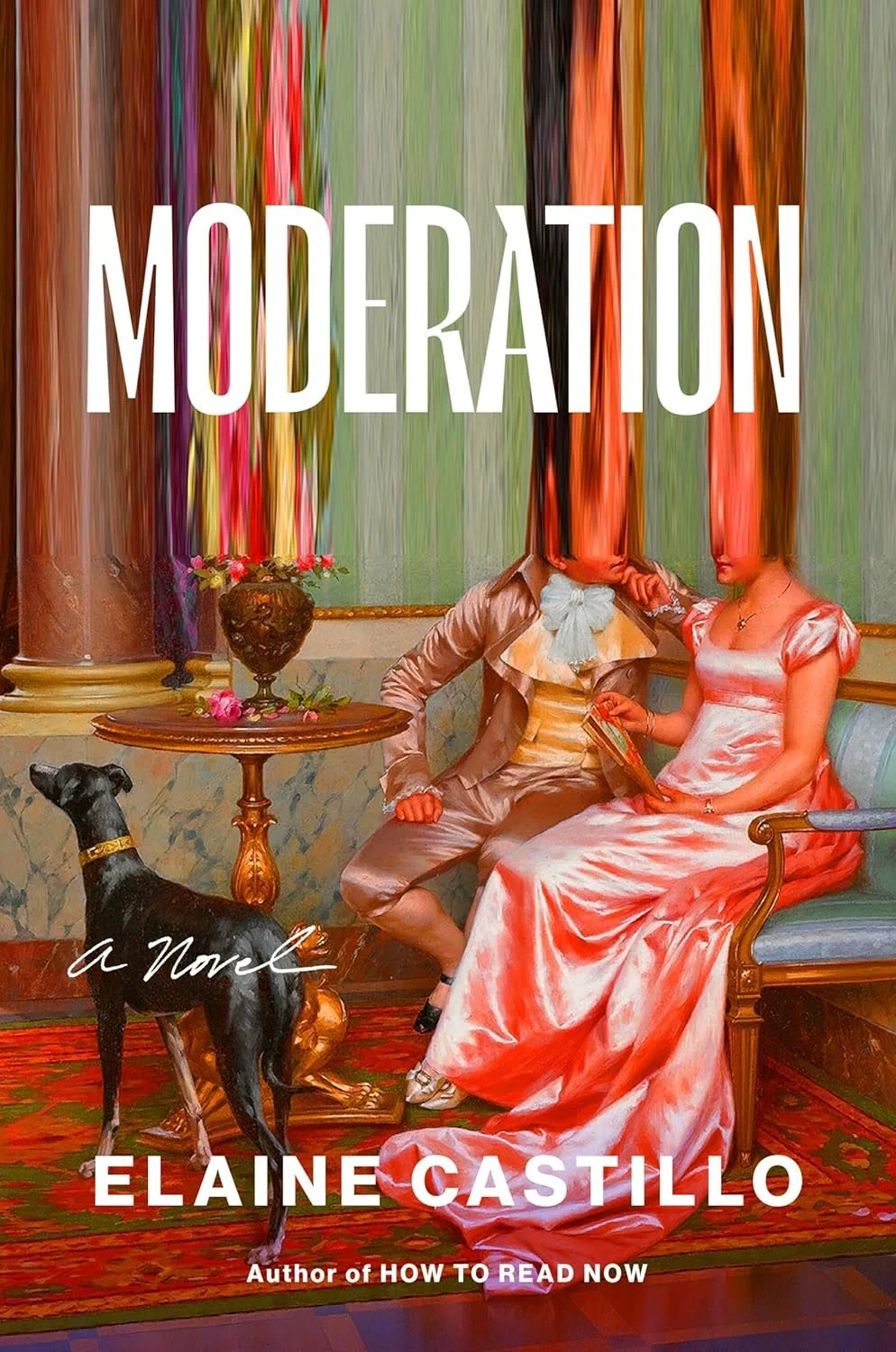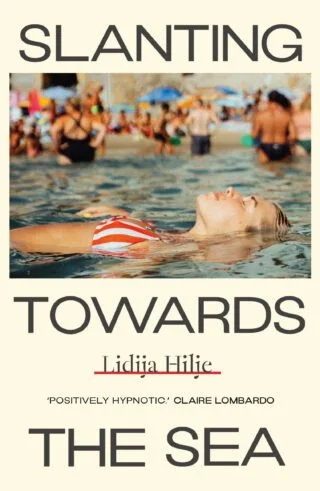Penance, Eliza Clark
“The reason that their presence is so unsettling is that they feel real enough to awaken deep memories in the reader.”
Penance is a book so brilliant, it’s almost scary. Let me just preface this by saying I’m not a regular reader of literary thrillers – I’m not even a fan of true crime. But I read Eliza Clark’s debut novel, Boy Parts, last year, and was left feeling both unsettled and in awe.
Penance is about the murder of a teenage girl by her friends. What we read, however, is not a fictional account of a murder, but rather a fictional true crime book filled to the brim with research relating to the events of the evening. From the very first page, we find ourselves in an alternate reality so well built, so well-integrated into the one we know, that weeks after reading this book, I am still not sure what was real and what was fiction.
The simplest conclusion as to how Clark manages to build a world so convincing, of course, would be that the events in Penance could have easily happened. After all, we do seem increasingly interested in recording and observing crimes. But this, I think, is too dismissive of Eliza Clark’s real talent. While Crow-on-Sea doesn’t exist, and neither do Violet, Angelica, and Dolly, readers would be forgiven for thinking that they do. They are the perfect amalgamation of people we once met on Tumblr; people we went to school with; people we knew through friends of friends. The reason that their presence is so unsettling is that they feel real enough to awaken deep memories in the reader.
The ever-lingering doubt that was also characteristic of Boy Parts occurs once more throughout Penance. Just how reliable are personal accounts when we know that memory can fail anyone? And how seriously are we meant to take words written by teenagers on social media?
If your teen years coincided with the early days of the internet, or if you enjoy literary thrillers and true crime, or even if you simply enjoy brilliant writing, this book is a must read. It is worth noting, however, that content warnings range far and wide: graphic depictions of murder and torture, bullying, drowning, paedophilia, suicide, mass shooting, sexual assault, and many others I can’t even recall. Proceed with caution.
Editorial Picks




